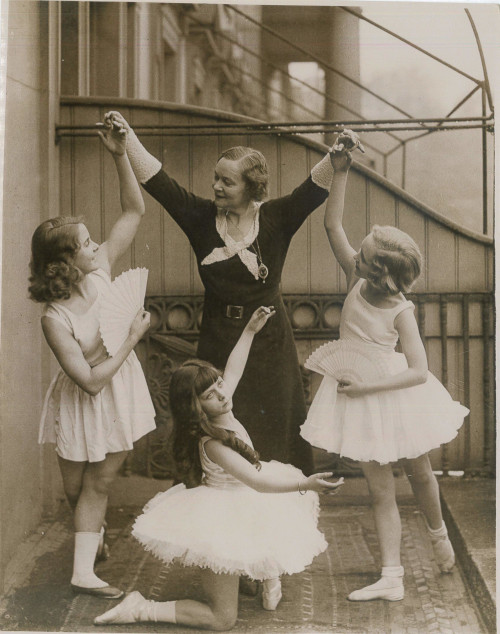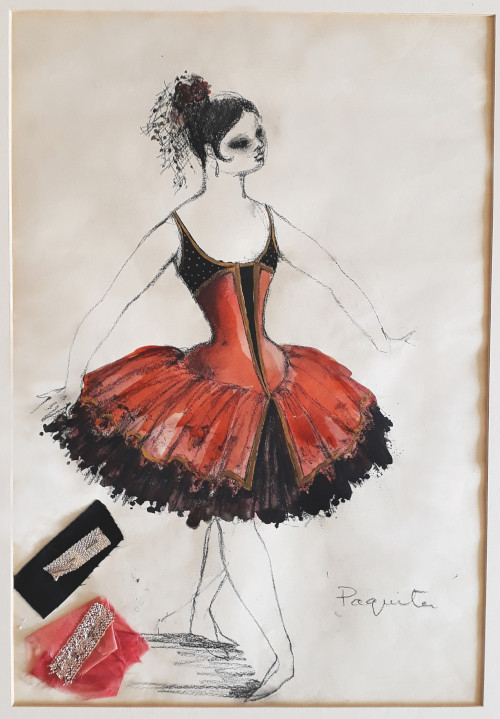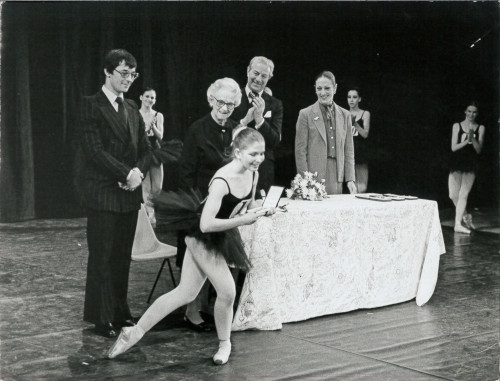Archives Hub feature for December 2021
On Point: Royal Academy of Dance at 100 is a free display, mounted in collaboration with the Victoria and Albert Museum (V&A) in London, to celebrate the centenary of the Royal Academy of Dance (RAD) which was founded in 1920 with the aim of improving the standards of dance teaching in the UK. The display uses a wide range of material from both the RAD and the V&A archive collections, some of which are listed on the Archives Hub website, to explore the RAD’s story from its foundation to its influence on ballet and dance internationally.

The display occupies three rooms in the V&A’s Theatre and Performance galleries, and each space includes original costumes, designs, drawings, artefacts, and documents, as well as film footage and many photographic images. It’s a largely chronological arrangement with the first room focusing on the founders of the RAD, the context in which the organisation was founded, and its early development.
In 1912, Philip Richardson (editor of the Dancing Times magazine) met the dancer, choreographer and teacher, Edouard Espinosa, at the Arabian Nights Ball in Covent Garden. The two men became friends and found common purpose in campaigning to improve the state of dance and dance teaching in in the UK. It was Richardson who essentially cherry-picked the five founders who agreed to form the first committee in 1920. Their international backgrounds represented the principal schools of ballet training (French, Italian, and Russian) and together they pooled their knowledge to produce a syllabus that would provide the foundation for a new British standard.
Adeline Genée, Phyllis Bedells, and Tamara Karsavina were among the greatest ballerinas of the early 20th century and committed to the RAD for the remainder of their lives. Lucia Cormani and Edouard Espinosa combined the roles of performers, choreographers, and teachers from early in their careers and were only involved with the RAD during its first decade. Their connections with the professional ballet scene were an important factor in shaping its work, its initial influence, and continuing development. Although the organisation was primarily concerned with teaching, the founders were also keen to promote the talents of young British dancers and provided many opportunities for performance.
Genée agreed to become the first President of the RAD and was instrumental in securing the patronage of Queen Mary in 1928 and the Royal Charter in 1935. Following the end of the Second World War, she turned her attention to getting ballet recognised as an educational subject to be taught in schools alongside the sister arts of music, drama, and painting. The second room explores the heart of the RAD’s business in teacher training and syllabus development more fully. We also introduce Margot Fonteyn who succeeded Adeline Genée as President of the RAD in 1954.
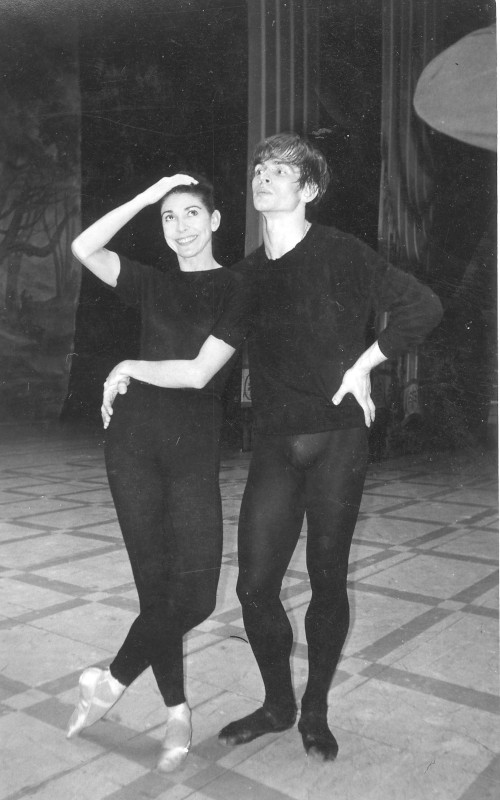
One of the highlights of Fonteyn’s presidency was the series of gala matinées she organised between 1958 and 1965. These performances showcased artists, companies and repertoire that had not been seen in London before, including the first appearance of Rudolf Nureyev in 1961. The galas proved to be an enormous success and provided the foundation for the legendary Fonteyn and Nureyev partnership. There were also opportunities for RAD scholars to perform in the programmes alongside the professional artists. The display includes a selection of materials relating to the galas – set and costume designs, photographs and programmes, alongside a beautiful costume from the romantic ballet Les Sylphides, which Fonteyn danced many times throughout her career.
Another highlight in Room 2 is some previously unseen film footage of Fonteyn presenting the primary grade of the children’s syllabus which she devised in 1968. Filmed in 1972 by her brother Felix, it shows how involved she was with the work of the RAD, and was only recently discovered in the archives.
The final room focuses on the current and future RAD with photographic representations of recent initiatives such as Silver Swans – dance classes for older learners of any ability, and Project B – a campaign aimed to encourage more boys into dance. Well-established events such as the Genée International Ballet Competition (now renamed ‘The Fonteyn’) are also included here with the original Adeline Genée Gold Medal (first awarded in 1931) being displayed alongside more recent rehearsal footage and photographic images from across the years.
The presidents of the RAD are brought up to date with costumes worn by Antoinette Sibley (president from 1991 – 2012) and Darcey Bussell (president from 2012 to current) displayed alongside a tunic worn by Nureyev as Prince Siegfried in Act 3 of Swan Lake. The succession of legendary ballerinas who have assumed the role of president shows the strong connection that has always existed between the RAD and the ballet profession.
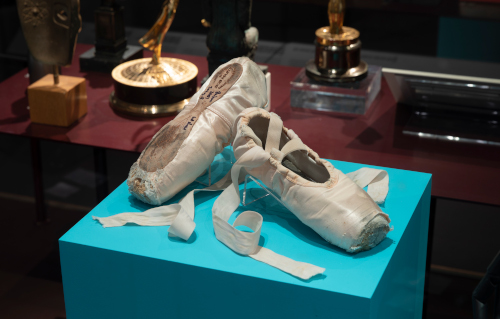
Visitors to the display are also encouraged to have a go for themselves! A ballet barre area has been installed with screens showing some simple exercises from the current RAD Graded Examinations syllabus to follow along.
100 years later, the RAD is now a truly global organisation, inspiring people and communities everywhere to enjoy the benefits and joys of dance – something of which its founders would rightly be proud.
On Point: Royal Academy of Dance at 100 is on now until Monday 29th August 2022 at the V&A Museum, London (admission free).
Eleanor Fitzpatrick
Archives and Records Manager
Royal Academy of Dance
Related
Adeline Genée Archive Collection, c. 1890-1970
Phyllis Bedells Archive Collection, c. 1906-1985
Browse all Royal Academy of Dance Archives on the Archives Hub
Browse all V&A Theatre and Performance Collections on the Archives Hub
Previous features on Royal Academy of Dance Archives collections
The Association of Performing Arts Collections
All images copyright. Reproduced with the kind permission of the copyright holders.

